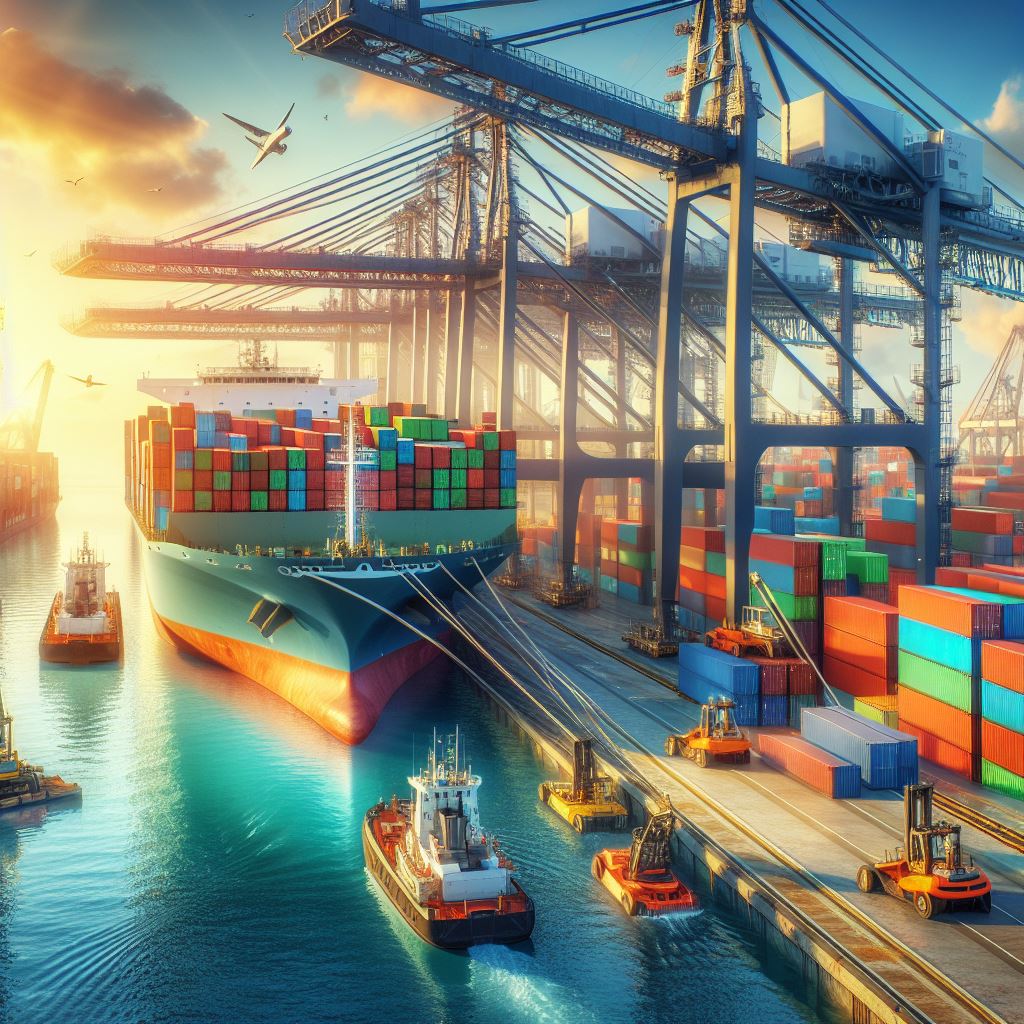 Optimizing your cargo space is not just a skill but an art that can save time, money, and stress. Whether you’re a seasoned road tripper or a professional truck driver, knowing how to pack smart can make all the difference.
Optimizing your cargo space is not just a skill but an art that can save time, money, and stress. Whether you’re a seasoned road tripper or a professional truck driver, knowing how to pack smart can make all the difference.
One of the most importantl, yet often undervalued elements is container loading optimization. Picture oneself playing a game of Tetris, where your mission is to compactly fit each piece to create unbroken lines. Now, translate that to the logistics world—logisticians are the skilled players, and their Tetris blocks are the myriad of goods waiting to be efficiently packed into containers. Much like the game, every inch of space counts, and the goal is to maximize cargo space efficiency without compromising the safety and integrity of the merchandise.
The Science and Strategy Behind Logistics
Let’s delve into the science behind this Tetris-like packing challenge, revealing how each decision is a calculated move in this high-stakes strategy game. Through meticulous planning and logistic strategies, professionals in this sector tackle diverse shapes and sizes of packages, grappling with the enigma of how to best load them.
Before the physical loading begins, the foundational step is strategic planning. Companies must consider item weight, dimensions, and handling requirements. Strategic packing begins with an analysis of the container’s dimensions juxtaposed with the inventory specifics. Loaders must also weigh the rules governing the distribution of weight—a key safety concern—to prevent potential tipping during transit.
In the same way that the Tetris player anticipates the next piece, logisticians need to adopt a forward-thinking approach. Sequencing the load—in what order items are placed—can make or break the efficiency of the whole operation. The positioning of heavier items at the bottom and evenly across the floor of the container is not just good practice; it’s a nod to the laws of physics, ensuring a stable and secure load.
Leveraging Technology for Enhanced Efficiency
In this age of digital advancement, logistics companies have a powerful ally – software solutions dedicated to container loading optimization. These sophisticated programs function as the supercharged version of the Tetris game, where artificial intelligence assists in fitting the pieces together.
These innovative solutions offer a visual representation of the loaded container, providing a bird’s eye view of the packing process, allowing logisticians to adjust and rearrange virtually before the physical loading begins. This prognostic approach saves time, resources, and back-breaking efforts while achieving optimal space utilization.
Companies around the globe have been quick to adopt these software tools, reaping the benefits of cargo space efficiency. Case study after case study showcases how the integration of strategic planning with technological implementation has led to significant cost savings and improved operational workflows. Stories of logisticians using these tools to conquer seemingly insurmountable loading challenges are both inspiring and indicative of the paradigm shift in container optimization.
Human Touch: The Value of Experienced Loaders
Despite the ascent of technology, the importance of human insight in the container packing process cannot be discounted. Experienced loaders carry with them years of hands-on knowledge, contributing their savvy to the technology at hand. This blend of human judgment with digital precision strikes the right balance between efficient loading and safe transport.
Proficiency in loading isn’t an innate skill—it’s honed through training and experience. Seasoned professionals understand the nuances of optimizing container space, and their expertise is invaluable in situations where software might suggest a solution that doesn’t align with real-world practicalities.
Safety permeates every aspect of the packing process. Logistics experts are not just aiming for space efficiency but also ensuring that the load can withstand the rigors of transport. Their ingenuity ensures that no corner is cut when it comes to securing the merchandise and certifying the structural steadiness of every packed container.
Future Directions in Container Loading Optimization
As the industry evolves, new developments and innovations continually emerge. With advancements in machine learning and automation, we’re moving towards a future where the expert logistics strategies we see today will be even more streamlined and effective.
The incorporation of automation and AI in container loading practices holds the promise of unprecedented accuracy and time-saving. As these technologies mature, they will revolutionize how cargo space is managed, providing solutions that are not just efficient, but also eco-friendly reducing the logistical footprint through better utilization of space.
The notion of sustainability is gaining traction in the logistics sector. The push towards more efficient loading methods distinctly contributes to greener logistics by decreasing the number of trips necessary to transport goods, thereby reducing fuel consumption and emissions.
Education and Collaborative Learning
Finally, as the logistics community progresses, continuous education and knowledge-sharing are essential in cultivating the next generation of experts. Collaborative learning through workshops, seminars, and practical courses ensures that this knowledge doesn’t reach a standstill but grows and adapts with the times.
The intricate dance of container loading optimization, reminiscent of a Tetris challenge, transcends mere space management—it’s an art form embodying logistics strategies, safety protocols, and sustainability efforts. With the right combination of technology, human expertise, and forward-thinking approaches, container packing techniques continue to evolve, shaping a future that promises not only enhanced efficiency but also a lighter environmental impact. Logistics experts, akin to Tetris champions, are not just playing a game—they are crafting a world of logistical excellence where every space is a potential victory for efficiency, safety, and sustainability.


